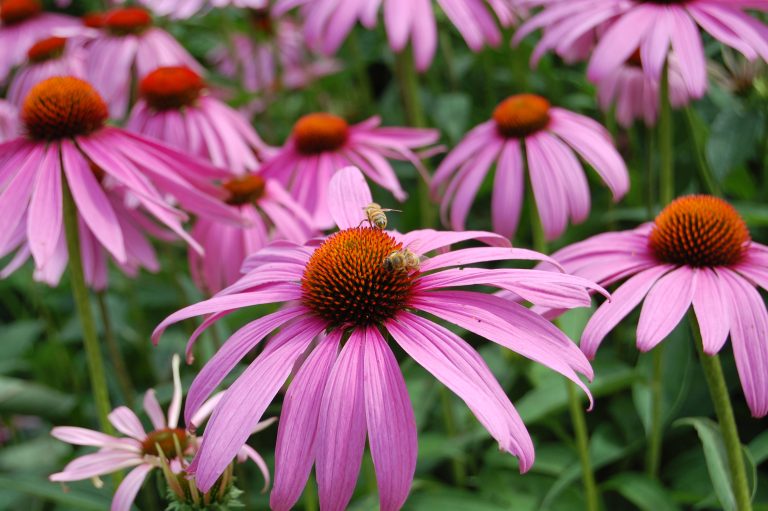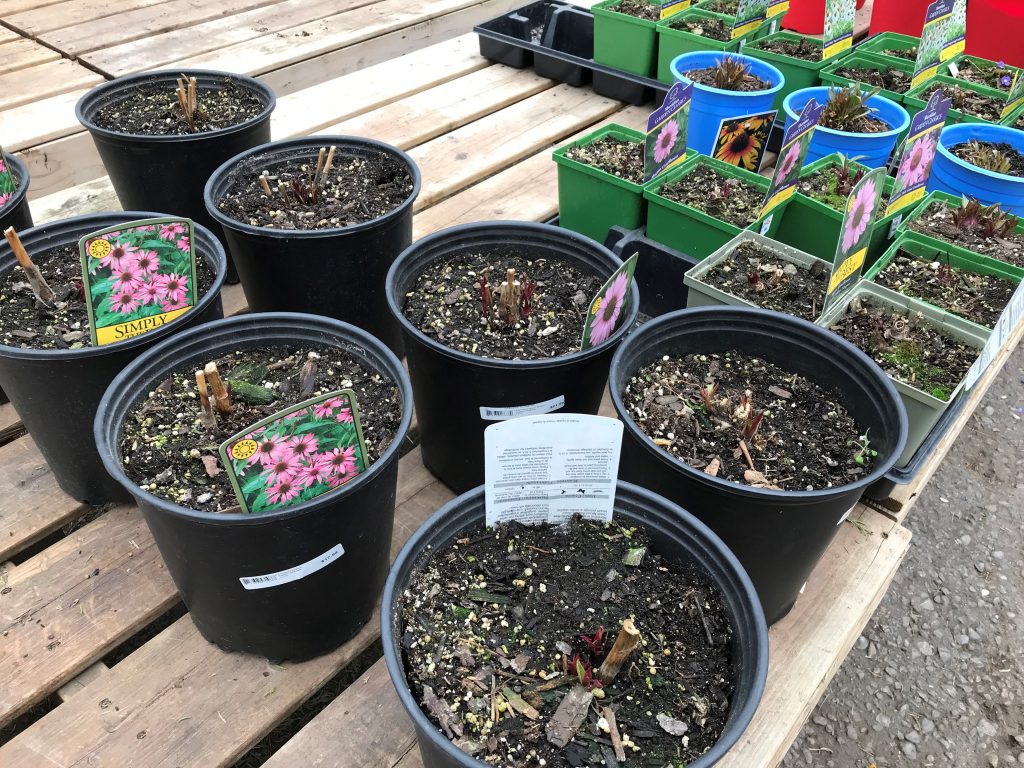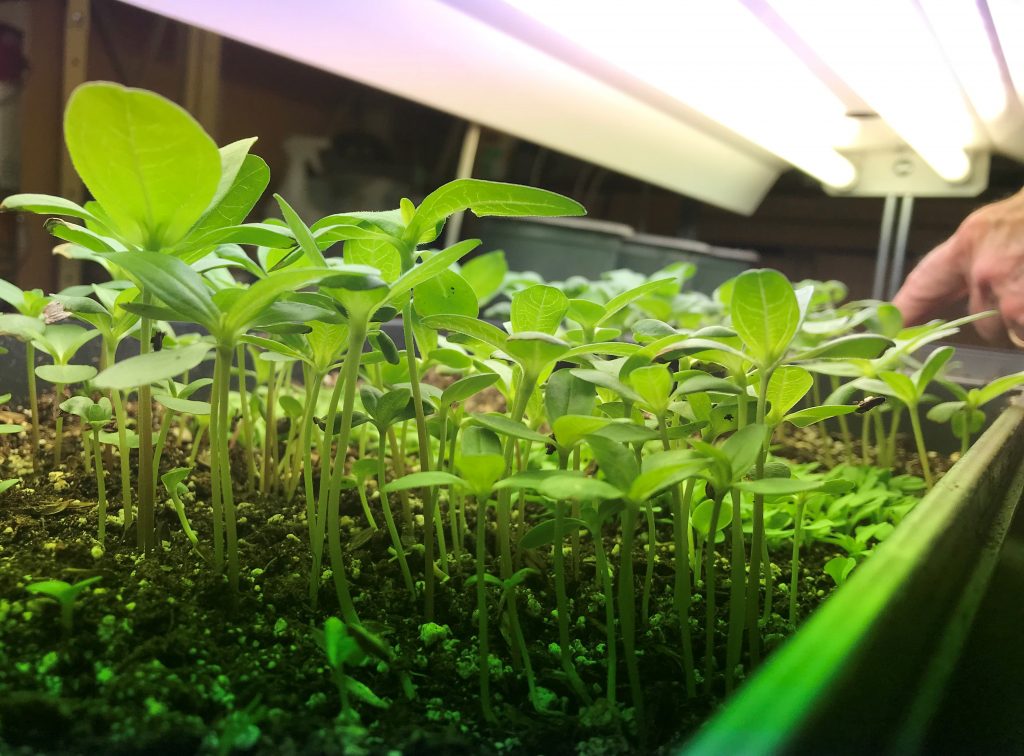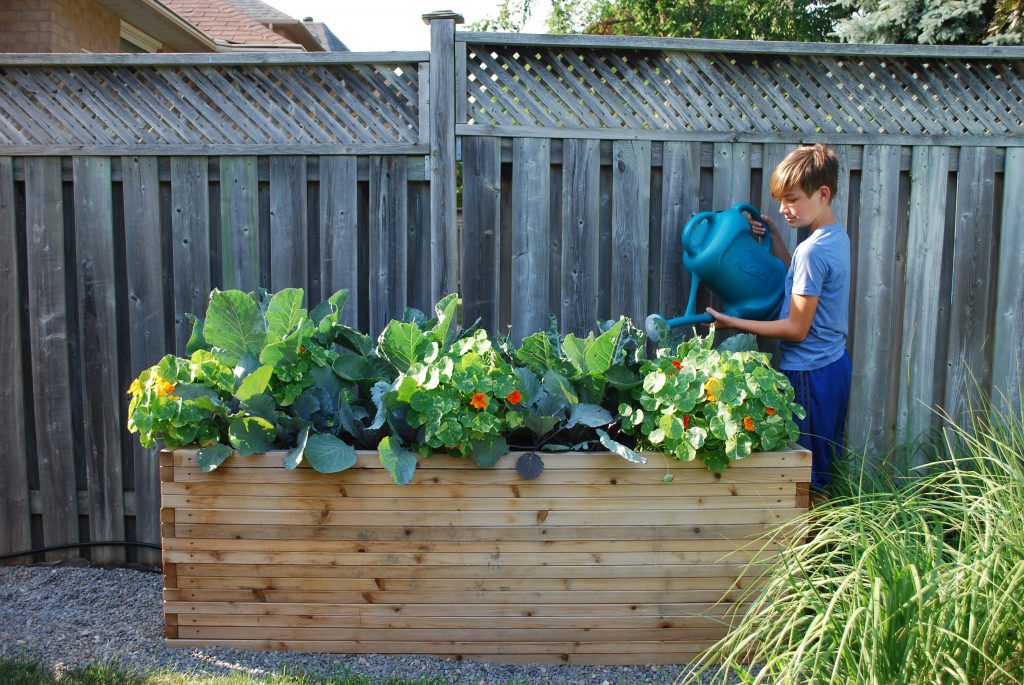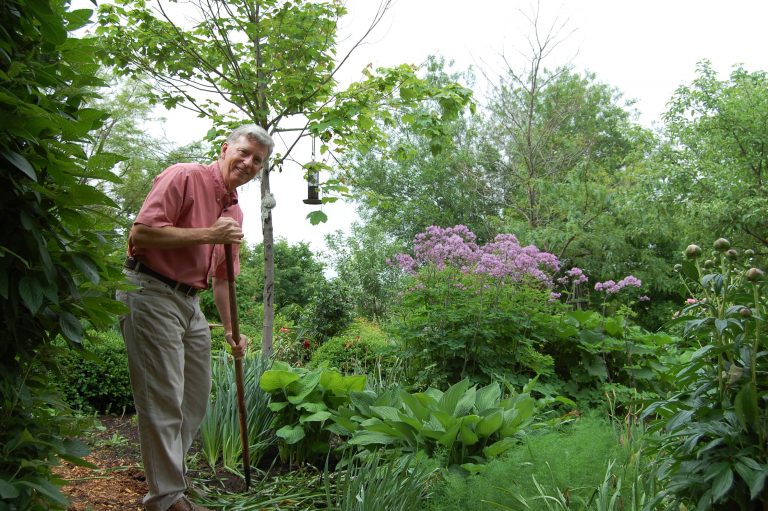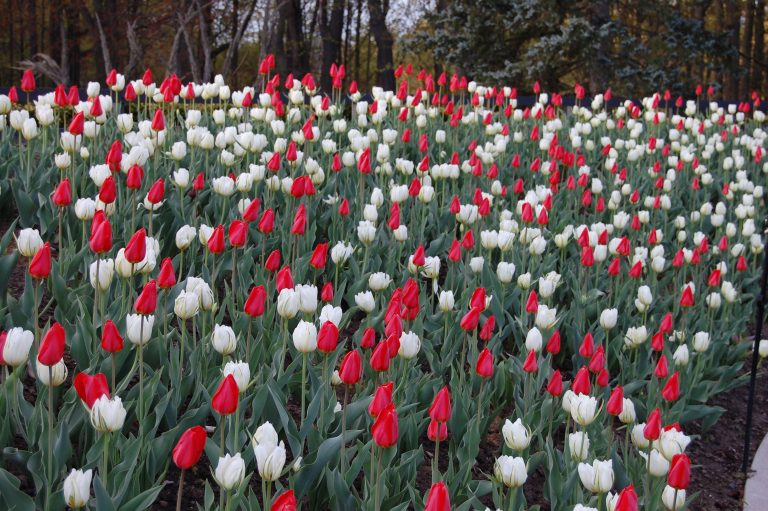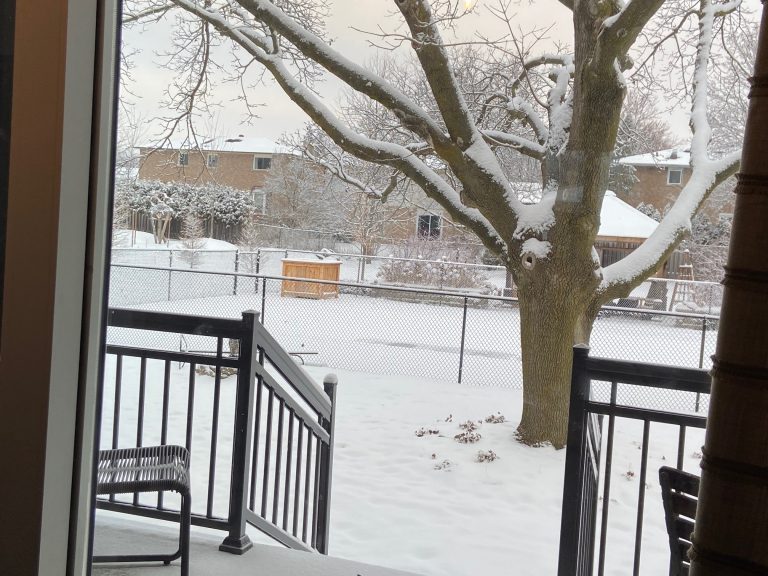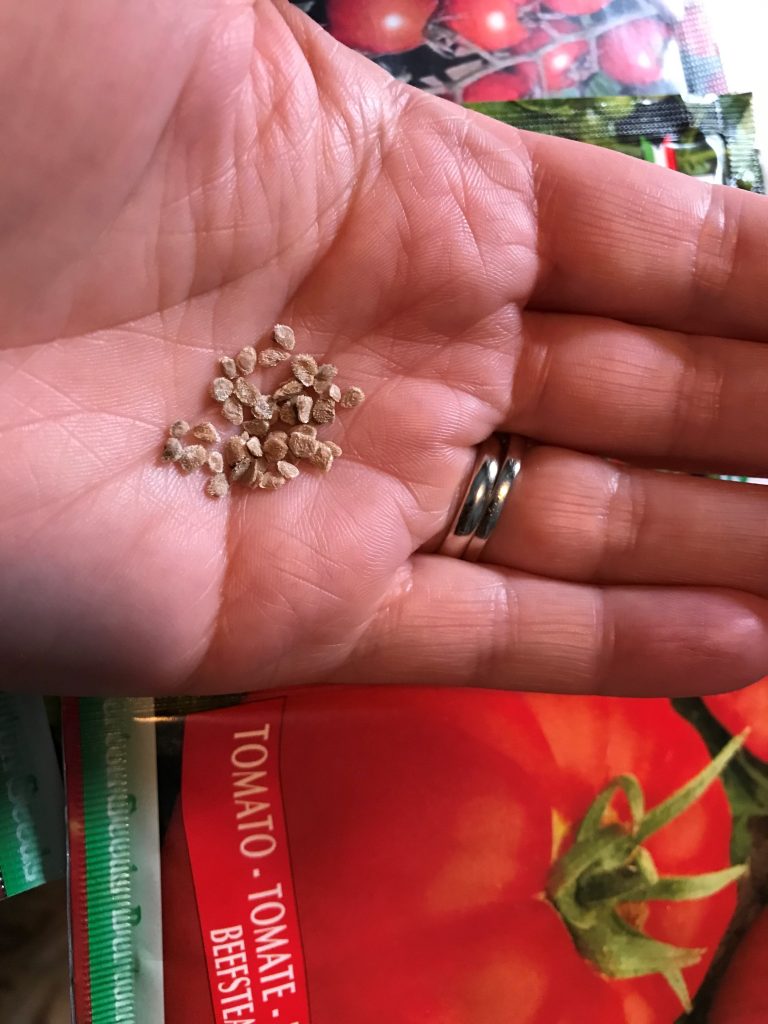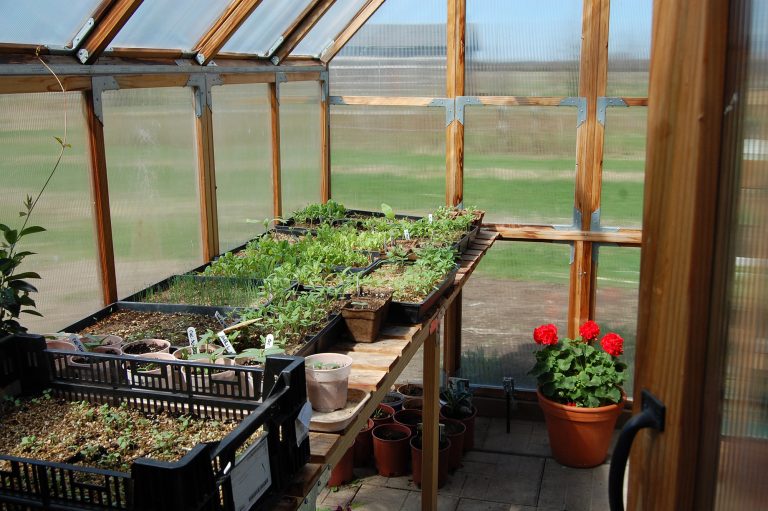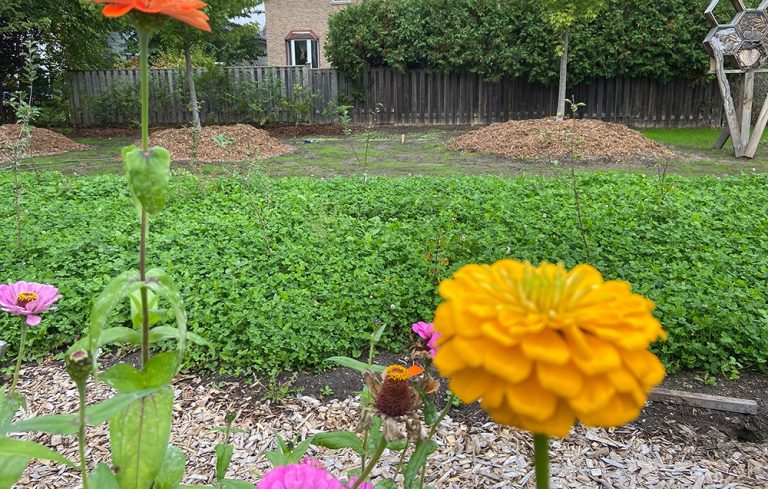Rain is a gift. Nature rains down moisture this time of year to produce May flowers, and much more. Without it, our gardens would dry up and plants would shrivel come mid-June. Moisture captured by the soil in your garden now will persist until it stops raining and the sun dries up the soil. True, we can always irrigate. But we are on the bandwagon that is attempting to minimize the use of clean, potable water in our gardens and on lawns.
With proper planning and careful plant selection, there can be almost no need to add water all season long. The type of garden that works best in areas of your yard that are wet in spring and dry most of the summer are called “rain gardens”. Chances are, if you live in a house, you have an opportunity to create one on your boulevard or where the water from your downspouts drain onto your lawn.
If all of us embrace the pollinator/rain garden concept municipalities would have no choice but to put up and enjoy the results.
Our recommendations for a successful rain garden experience includes:
- Plant selection. Look for plants that tolerate early season moisture and mid-season drought. The goal, after all, is to minimize the time you spend maintaining your rain garden and the amount of water you apply in summer. In hot, sunny spots we like ornamental grasses (non invasive), daylilies, echinacea, cimicifuga (Bugbane), Bellflower (Campanula), hosta, Russian sage, and the herb sage. Most Mediterranean herbs perform well in rain gardens.
- Pollinator heaven. A rain garden is rhythmic, like the coming and going of migratory songbirds and pollinating insects. There is an ebb and flow to their growth and blooming pattern. For this reason, it is always a good idea to favour plants that are known to attract pollinators in season. Our favourites include Cardinal flower (Lobelia), Stonecrop (sedum), Yarrow, Speedwell (veronica), single flowering peonies (great foliage when not in bloom), lavender, catmint (nepeta) and Butterfly weed (asclepias).
- Soil preparation. A rain garden performs best when the soil allows water to flow through it and retains nutrients that are essential for healthy plants to thrive. Remove clay soil about 20 cm deep and replace with 70% finished compost for nutrients and/or topsoil and 30% sharp sand for drainage.
- Mulch. When the heat hits home this summer the last place you will want to be is standing at the end of a hose on the boulevard or swale/rain garden. A 6 to 8 cm layer of finely ground up cedar bark mulch will do wonders for your new garden as it retains moisture in the soil and insulates it from the drying effects of the summer sun.
Have patience. Your new plants will need some watering the first summer while they put down roots. As they become established, they will become more tolerant of water in spring and drought come summer.
All that is left for you to do is to perform a rain dance this time of year.
Mark Cullen is an expert gardener, author, broadcaster, tree advocate and Member of the Order of Canada. His son Ben is a fourth-generation urban gardener and graduate of University of Guelph and Dalhousie University in Halifax. Follow them at markcullen.com, @markcullengardening, and on Facebook.

